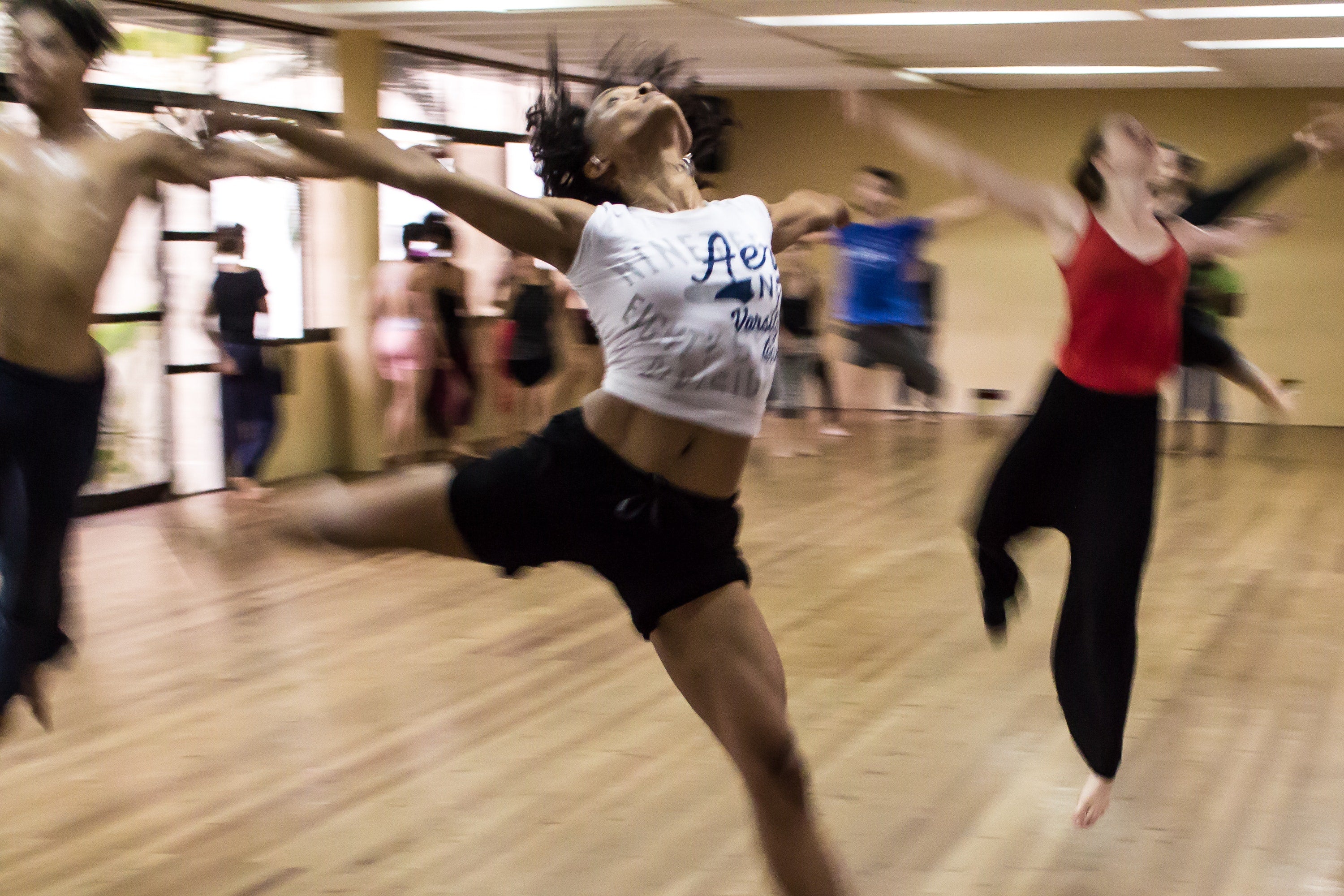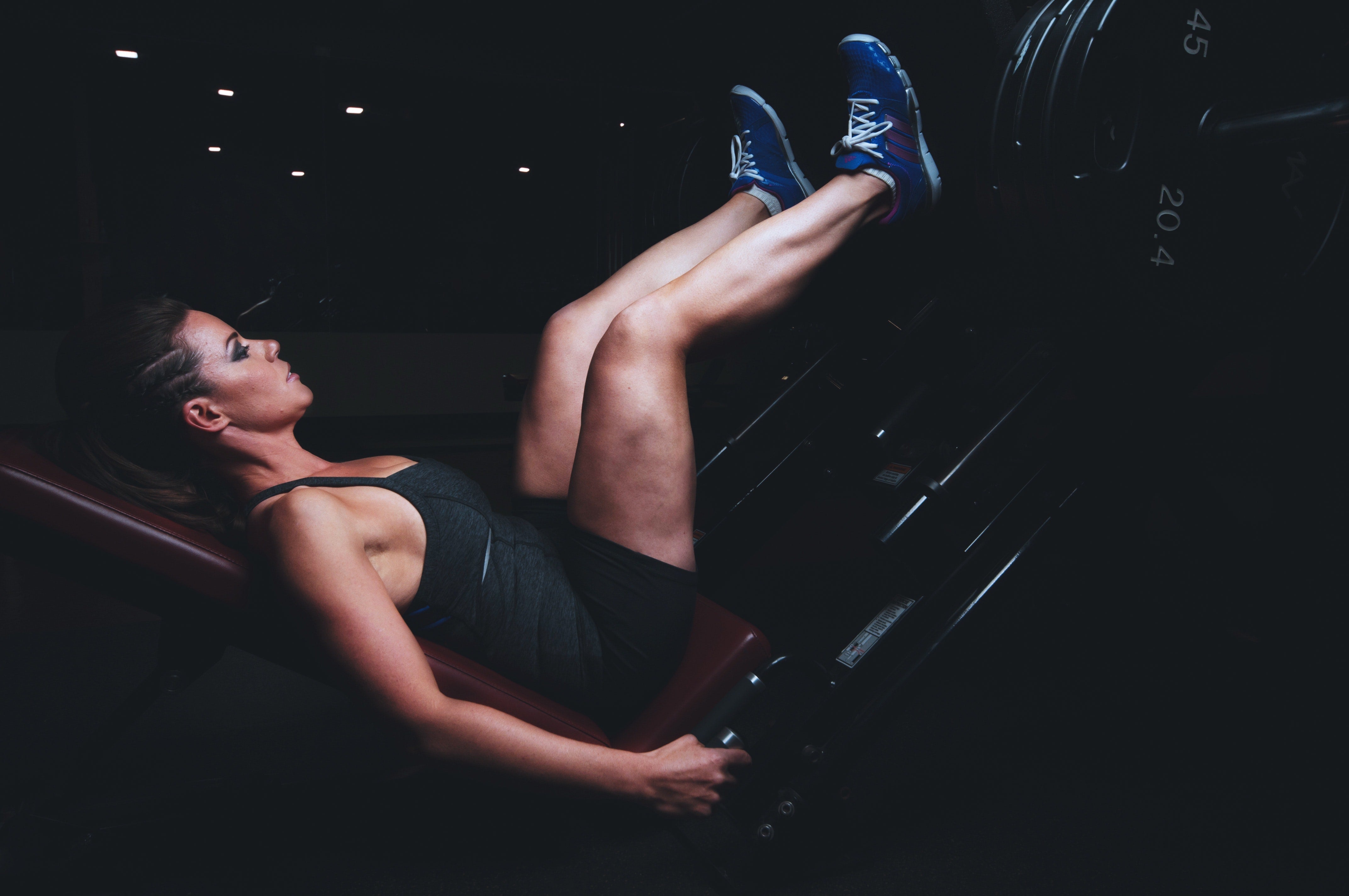“No pain, no gain,” as the saying goes. And when it comes to working out, this may be true to a certain extent. However, when it is too intense, post-workout muscle pain can range from annoying to debilitating.
In today’s post, we’re talking about all things DOMS: what it is, why it happens, and how you can treat it.
Why Do Your Muscles Hurt the Day After a Workout?

Delayed-onset muscle soreness, or DOMS, typically comes on 12-24 hours after a workout. Your muscles may feel tender or tired, you may experience a temporary loss of muscle strength, and you may have a reduced range of motion. All of this is normal.
There is a common misconception that DOMS is caused by a buildup of lactic acid in the muscles, but this has been debunked. Instead, it is caused by tiny tears in muscle fibers caused by hard exercise. This leads to pain and can cause inflammation.
DOMS is usually nothing to worry about, and can even be a sign that your workout is having its desired effect. But if you want to reduce that next-day muscle pain, read on for some of our top tips.
Warm Up and Cool Down Properly

Skipping the warm-up and cooldown phases of your workout can be dangerous, increasing your risk of injury. It can also increase the intensity of DOMS.
Therefore, never be tempted to start a workout without a proper warm-up or end one without a cooldown phase. Warm up by doing 5-10 minutes of dynamic stretching and some light cardio to get your heart rate up. Cool down by doing some low-intensity cardio (such as brisk walking or gentle cycling) followed by a series of static stretches.
Stay Hydrated and Keep Your Electrolytes Up

We all know the importance of drinking plenty of water. Staying hydrated is vital for good health, and this is particularly true during exercise, when you are likely to lose a lot of fluid through sweating. Dehydration can also contribute to DOMS.
Carry a bottle of water with you during your workout, and sip from it regularly. A lack of electrolytes can also contribute to muscle soreness so, if you’re working out hard, consider using an electrolyte replacement such as a sports drink (avoid the ones that are very high in added sugar) after your workout.
Keep Moving

When you are suffering from DOMS, the last thing you probably want to do is exercise those sore muscles. However, active recovery can actually be tremendously helpful. Active recovery refers to gentle movement that has a restorative effect on the body, and it’s far better for you than staying on the couch.
Therefore, if you are sore after a hard workout, try doing some gentle exercise. Taking a walk, going for an easy swim, doing some gentle stretches, or doing yoga or pilates are all great options to keep you moving and reduce soreness overall.
Make Use of Recovery Wear

Recovery wear is designed to be worn during and/or after exercise to aid in muscle recovery, reduce soreness, and reduce your risk of injury. Incrediwear recovery garments are ideal for use both during and after your workout, as required.
Our scientifically proven, non-compression recovery garments make use of semiconductor elements that are activated by body heat. These elements work to increase the circulation of blood and lymph fluid in the body, transporting much-needed oxygen and nutrients to the affected area. This works alongside your body’s natural healing processes to accelerate recovery and reduce pain.
Choose recovery garments according to where you typically feel pain. For example, runners who experience soreness in their leg muscles might want to use a leg sleeve, and weightlifters who often suffer from sore arm muscles may find an arm sleeve helpful.
Eat Anti-Inflammatory Foods

A healthy, balanced diet is vital for health. But did you know that certain foods can also help boost your recovery from DOMS? Incorporating anti-inflammatory foods in your diet can help your muscles to repair more efficiently and reduce the impact of DOMS.
Some anti-inflammatory foods you might wish to incorporate include:
- Berries (strawberries, raspberries, blueberries, etc.)
- Fatty fish such as salmon, herrings, and sardines
- Green tea
- Turmeric
- Extra virgin olive oil
- Cherries
- Certain nuts (including almonds and walnuts)
Just eating these foods straight after a workout isn’t enough, though. Instead, incorporate them generously in your diet at all times. Focus on whole foods, fresh fruits and vegetables, lean meats and fish, and healthy fats, and you cannot go far wrong.
What are your top tips for beating the dreaded DOMS?
Read more

We’re big fans of swimming. It’s great fun, fantastic exercise, and comes with a host of benefits for your physical and mental health. Whether you enjoy doing laps to keep fit, wild swimming in nat...

Many people want to get fit, but find themselves struggling to stick to a workout routine. One of the most common reasons for this is that they do not enjoy the types of exercise they are doing. Fi...






Leave a comment
All comments are moderated before being published.
This site is protected by hCaptcha and the hCaptcha Privacy Policy and Terms of Service apply.